I would like to plot a two variable function(s) (e_pos and e_neg in the code). Here, t and a are constants which I have given the value of 1.
My code to plot this function is the following:
t = 1
a = 1
kx = ky = range(3.14/a, step=0.1, 3.14/a)
# Doing a meshgrid for values of k
KX, KY = kx'.*ones(size(kx)[1]), ky'.*ones(size(ky)[1])
e_pos = +t.*sqrt.((3 .+ (4).*cos.((3)*KX*a/2).*cos.(sqrt(3).*KY.*a/2) .+ (2).*cos.(sqrt(3).*KY.*a)));
e_neg = -t.*sqrt.((3 .+ (4).*cos.((3)*KX*a/2).*cos.(sqrt(3).*KY.*a/2) .+ (2).*cos.(sqrt(3).*KY.*a)));
using Plots
plot(KX,KY,e_pos, st=:surface,cmap="inferno")
If I use Plots this way, sometimes I get an empty 3D plane without the surface. What am I doing wrong? I think it may have to do with the meshgrids I did for kx and ky, but I am unsure.

